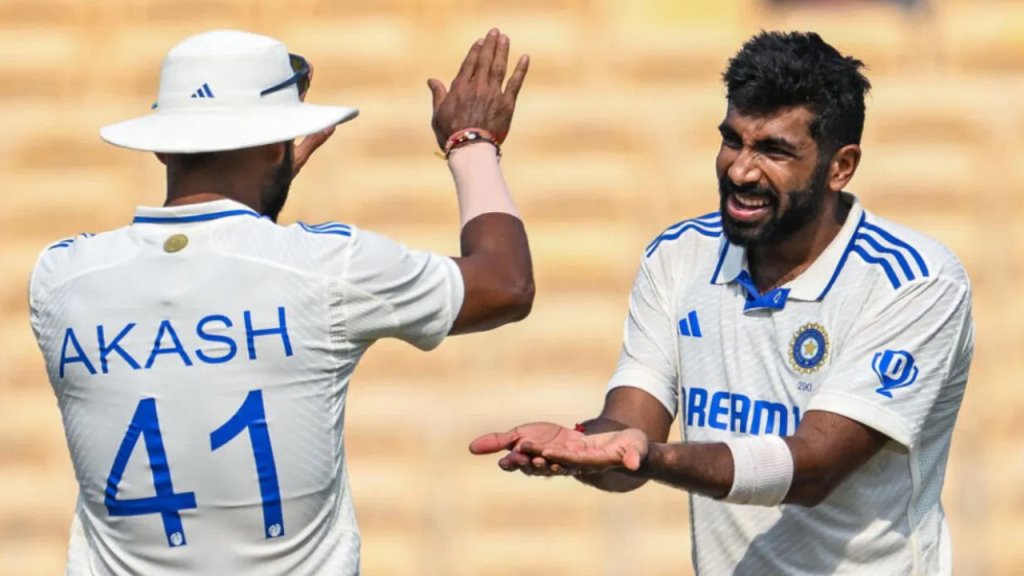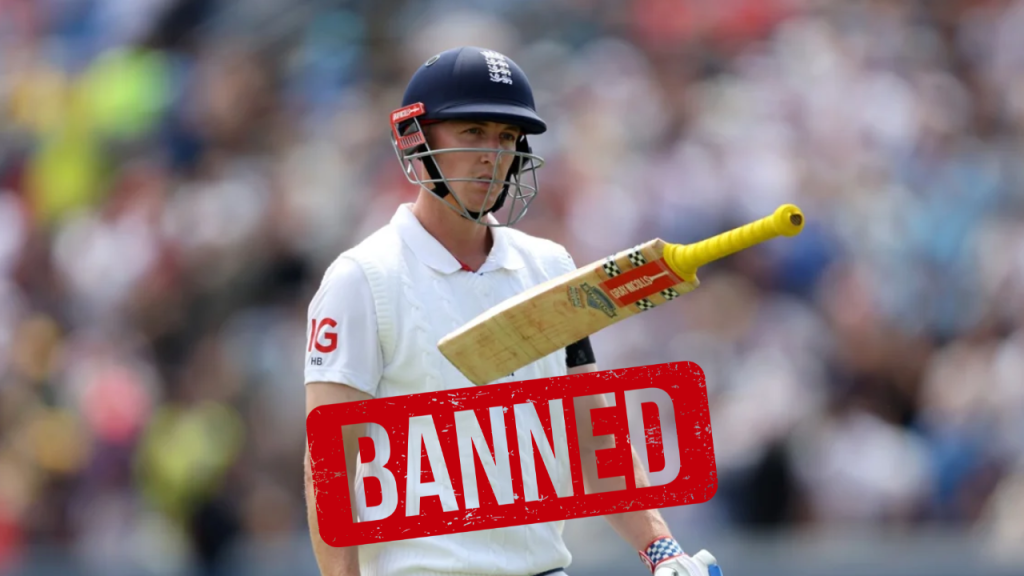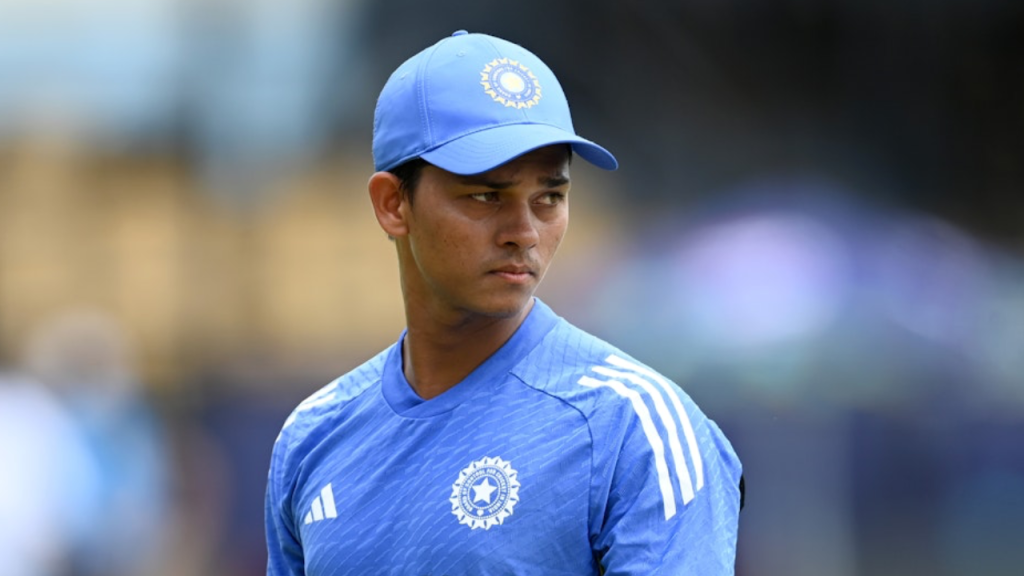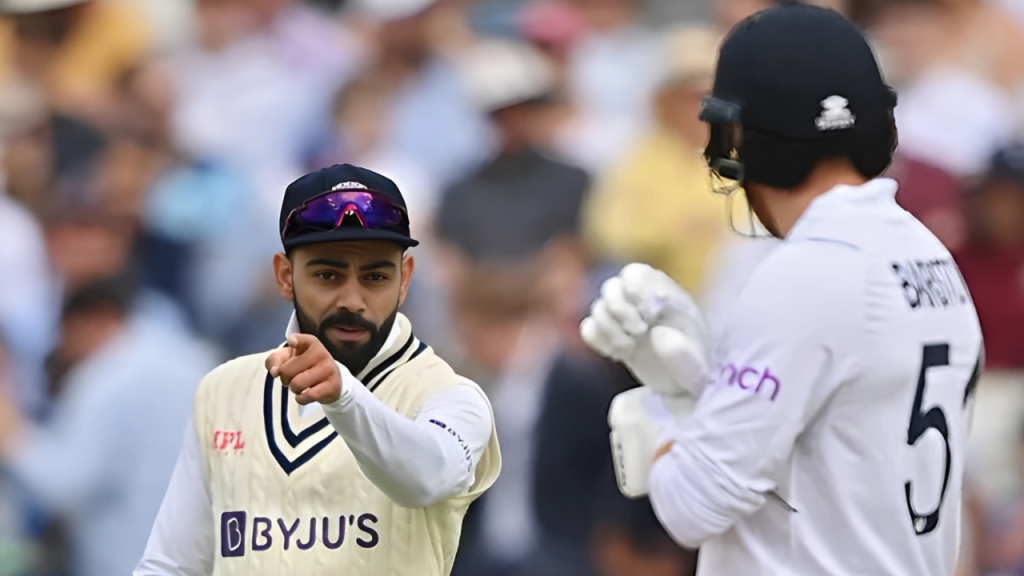In a candid critique, former Australian spinner Brad Hogg has thrown light on what he perceives as a significant contributor to the injury woes of young Indian cricketers, particularly focusing on the case of Mayank Yadav. Hogg’s comments come in the wake of Yadav’s struggle with injuries, which have notably kept him off the field during crucial matches and series, including the recent T20I series against England.
Hogg’s analysis begins with a stark observation about Mayank Yadav’s career trajectory and physical condition. “He’s [Mayank Yadav] injury-prone because he’s young. I’m looking at his first-class stat, he’s only played one FC game. So, he hasn’t played too much of the longer format as well. I think it’s just sheer pace with Mayank Yadav,” he remarked. This statement not only pinpoints Yadav’s inexperience with the longer formats of the game but also suggests a lack of the necessary physical conditioning that comes with playing extended cricket matches.
The Rush for IPL Contracts and Its Consequences
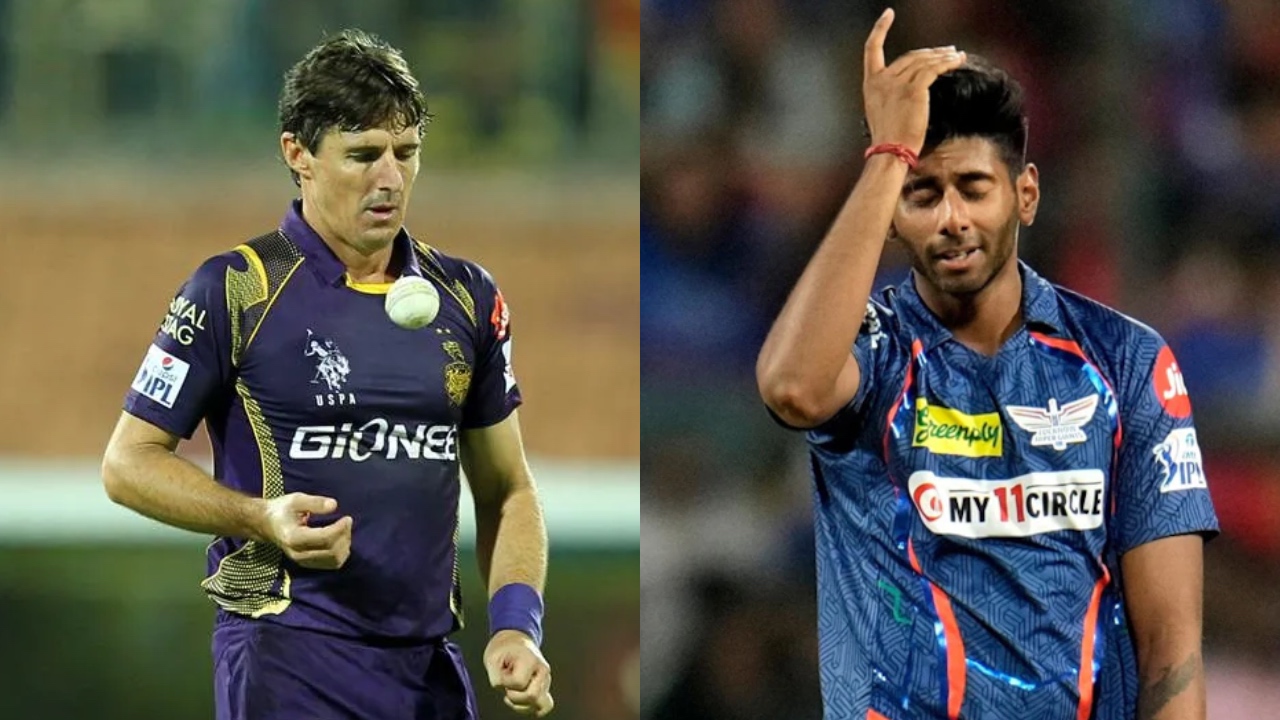
The IPL, with its glamour and lucrative contracts, often becomes the ultimate goal for many young cricketers in India. Hogg points out how this pursuit can skew priorities away from developing a well-rounded cricketing skill set. “There are a couple of other bowlers that are very similar to him that bowl 145-150-plus but I think with young Indian bowlers coming through they bowl that pace. Sometimes, they are thinking right, just bowl sheer pace, if I can get an IPL contract, I’m happy. The end,” Hogg explained. This focus on short-term gains, according to Hogg, leads to neglecting fundamental aspects of cricket like endurance, which is critical for longevity in the sport.
The IPL, while a boon for the sport’s popularity and player earnings, inadvertently sets up a system where young players prioritize their raw talent over the cultivation of resilience and strategic gameplay. Hogg elaborates, “Once they get that IPL contract, everything falls out of the window. They don’t learn how to play the longer form of the game. They don’t know how to bowl within themselves, they don’t have that endurance factor. They haven’t been trained for that endurance factor.” This is a significant critique of how the IPL, as currently structured, might not be the ideal breeding ground for all types of cricketers, especially those who need to develop beyond just their natural speed or flair.
The National Cricket Academy’s Role in Player Development
While the IPL might be part of the problem, there’s also an attempt to mitigate these issues through institutions like the National Cricket Academy (NCA). Mayank’s injuries have been managed at the NCA, focusing on a gradual development plan rather than rushing him back into high-intensity cricket. The decision to exclude him from the T20I series against England was a strategic one, aimed at ensuring his long-term health and career sustainability. This approach signifies a shift towards more holistic player development, emphasizing injury prevention and recovery alongside skill enhancement.
Balancing Short-Term Success with Long-Term Health
The case of Mayank Yadav, as highlighted by Brad Hogg, opens up a broader discussion on the management of young talent in cricket. It questions how cricket boards and franchises can better prepare athletes for the rigors of international cricket, which demands not just skill but also resilience and adaptability across formats. The IPL’s influence on young cricketers’ career paths needs to be balanced with a developmental strategy that fosters all aspects of a cricketer’s game, including their physical health.
Hogg’s observations are a call to action for cricket administrators to rethink how talents like Mayank are nurtured. The focus should perhaps shift towards integrating more first-class cricket into young players’ schedules, alongside the IPL, to ensure they gain the experience and physical conditioning needed for all formats of the game.
A Path Forward for Young Pacers
The journey of Mayank Yadav, while fraught with injury setbacks, could serve as a learning curve for how young pacers are groomed in India. His story underscores the necessity for a balanced approach to cricketing careers where the allure of IPL fame does not overshadow the importance of building a robust, versatile player. As the cricketing world continues to evolve with its formats and competitions, the nurturing of young talent must adapt too, ensuring that players like Yadav can fulfill their potential without the constant shadow of injury. This could mean rethinking training regimes, career planning, and the very structure of how cricket is played and promoted in one of its most passionate countries.

